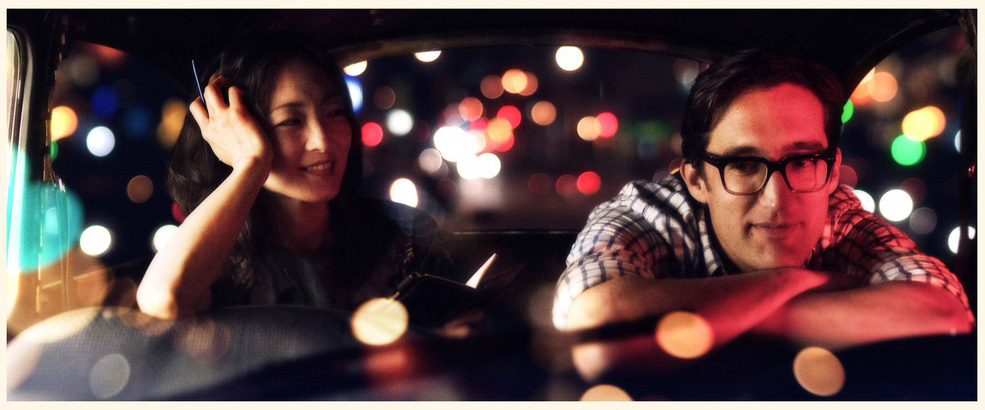ASK A PRO: Title Design with Gareth Smith and Jenny Lee

Filmmakers. Designers. Collaborators. Spouses. Gareth Smith and Jenny Lee have made a name for themselves with their memorable title design work on Jason Reitman’s films (Thank You For Smoking, Juno, Up in the Air, Young Adult), as well as several documentaries (Love, Marilyn; Cinema Verite; Girl Rising). Their work often incorporates live-action production, animation and striking typography. Here is their list of “dos and don’ts” for strategizing the title sequence for your indie film.
Juno main title sequence from Gareth Smith & Jenny Lee
DON’T neglect to budget a main title sequence during pre-production.
Often with independent films, title sequences are considered a last-minute add-on during post-production as an overage. And by then, the money’s usually run out and the filmmakers have to ask for a favor.
DON’T be vague about what’s thematically or tonally connected to the film.
Filmmakers can sometimes be attracted to the idea of an elaborate, technically sophisticated title sequence, when a more subtle and elegant sequence may be a better option for the film. Some of the most timeless sequences are also the simplest.
DON’T micromanage.
Similar to working with other departments, have a few ideas for the concept you’re interested in exploring, but don’t micromanage. Trust the designers to do their work for you. Good title designers may be able to come up with something that the filmmakers never considered, which could greatly benefit the beginning of the film.
DO plan in advance. We can’t emphasize this enough.
Bring a designer on board early in the production process (we recommend during pre-production) to discuss and explore title sequence ideas. Sometimes a sequence might benefit from the live action production if it involves actors, a particular location or set design that relates to the film. This will also allow the filmmakers to prioritize budget early in the process.
DO know your tone and your music
Have a clear idea of the tone you’re going for with the title sequence. And have temp music for the designer to work with so that we can get an idea for tone and rhythm. We’ll have ideas for music, but the director is the one who knows the film and its music palette the best.
DO show the designer as much of the film as possible.
We’ve been asked to work on projects where we’re only shown the opening scenes of a film, and it’s difficult to get an idea of the tone of the film from a few scenes. Sending the script to the designer in advance helps, too.
Required viewing? What are your top three films of all time.
Jenny: 1. The Crying Game; 2. E.T.; 3. Ikiru
Gareth: 1. About A Boy; 2. Die Hard; 3. Nobody Knows
Required reading? What’s the must-read material in your field?
Jenny: For filmmaking in general, I loved John Boorman’s Projections series. I still have six of the books at home. For title sequence case studies and interviews with title designers, the website Art of the Title.
Gareth: For typography, Ellen Lupton’s Thinking With Type. It’s hugely important for title designers to be confident with typography. It’s not just about picking a typeface.
Where can a filmmaker contact professionals like you?
Art of the Title is a great resource for filmmakers to find out about design studios and designers. The site provides links to the various studios.
By Lee Jameson / Film Education Coordinator
